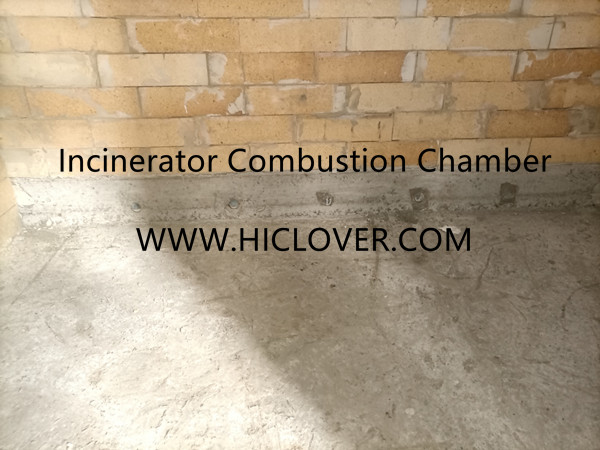Incinerators have long been a topic of controversy in Germany, with many misconceptions and myths surrounding their use. As the country strives to improve its waste management practices and achieve its ambitious climate protection goals, it is important to debunk these myths and address the misconceptions about incinerators.
Myth 1: Incinerators are harmful to the environment
One of the most common misconceptions about incinerators is that they are harmful to the environment. However, modern incinerators are equipped with state-of-the-art technology to minimize emissions and pollutants. They are subject to strict regulations and emissions standards, ensuring that the air and water surrounding the incinerator are not contaminated. In fact, the emissions from incinerators are closely monitored and regulated to ensure that they pose no harm to the environment. Additionally, incinerators in Germany are required to meet the strict European Union emissions standards, known as the Industrial Emissions Directive, which ensures that they are not harmful to the environment.
Myth 2: Incinerators are a major source of greenhouse gas emissions
Another common myth about incinerators is that they are a major source of greenhouse gas emissions. While it is true that incineration does produce some carbon dioxide emissions, the amount is relatively small compared to other sources such as transportation and industry. In fact, modern incinerators are equipped with technology to capture and reduce their carbon emissions. In addition, incinerators in Germany are required to meet strict emissions standards, further mitigating their impact on climate change.
Myth 3: Incinerators discourage recycling and waste reduction
Some argue that incinerators discourage recycling and waste reduction efforts. However, in reality, incinerators play a crucial role in the overall waste management system in Germany. They are designed to handle non-recyclable and non-compostable waste that cannot be recycled or composted. By diverting this waste from landfills, incinerators help reduce the amount of waste that ends up in landfills, which in turn reduces the environmental impact of landfill sites. Moreover, incinerators also play a role in generating energy from waste, contributing to the country’s renewable energy goals.
Myth 4: Incinerators are unsafe for surrounding communities
There is a common misconception that incinerators pose a threat to the health and safety of surrounding communities. However, studies have shown that modern incinerators are safe for nearby residents. Strict regulations and emissions standards ensure that incinerators are not harmful to human health. In fact, the technology used in incinerators minimizes the release of pollutants into the air and water, making them safe for the surrounding communities.
In conclusion, it is important to address the myths and misconceptions surrounding incinerators in Germany. Modern incinerators are equipped with advanced technology to minimize emissions and pollutants, and are subject to strict regulations to ensure they are not harmful to the environment or surrounding communities. They play a crucial role in the country’s waste management system and are an important tool in achieving its climate protection goals. It is important to base our understanding of incinerators on factual information and to recognize their role in sustainable waste management.



